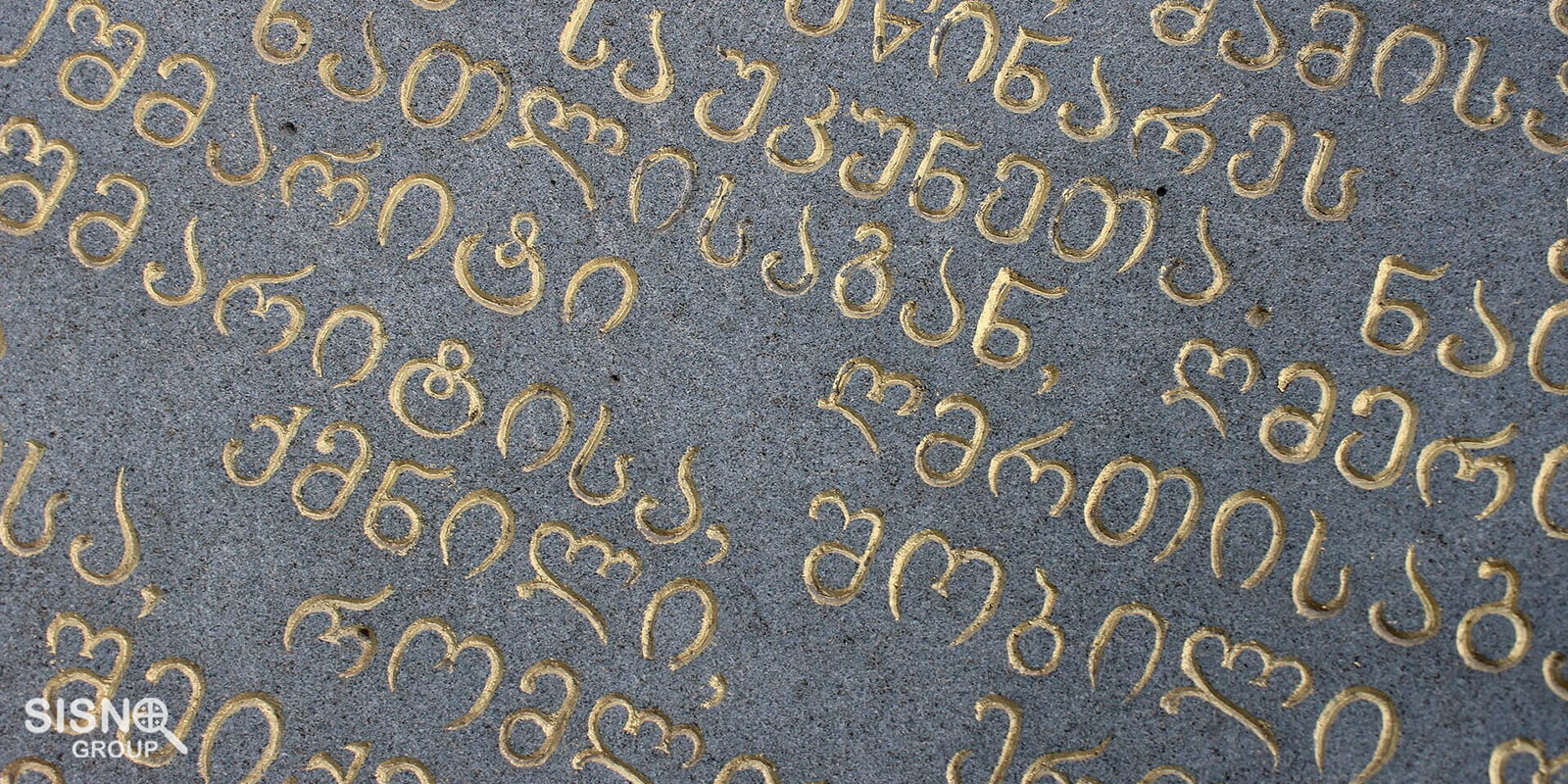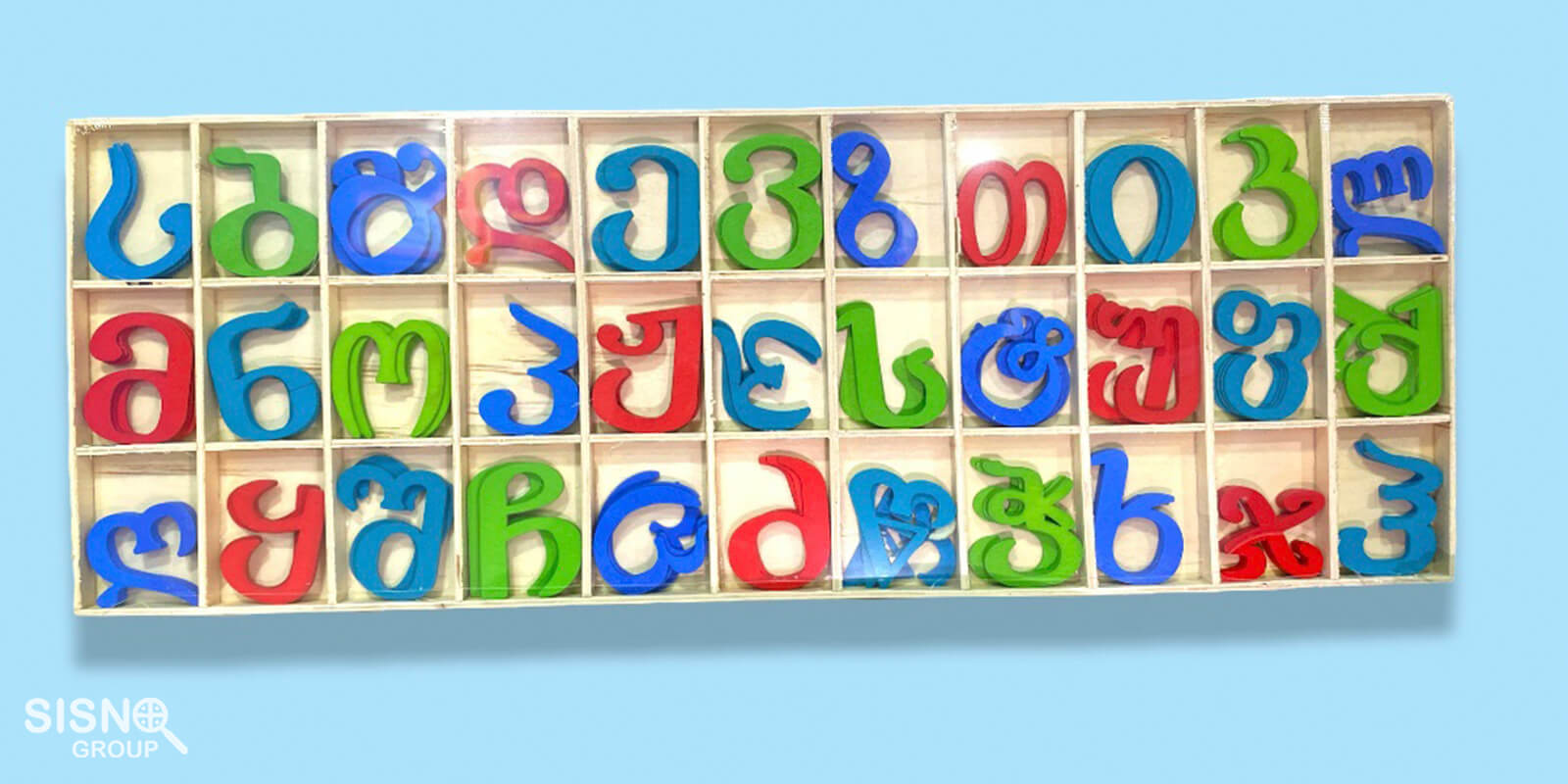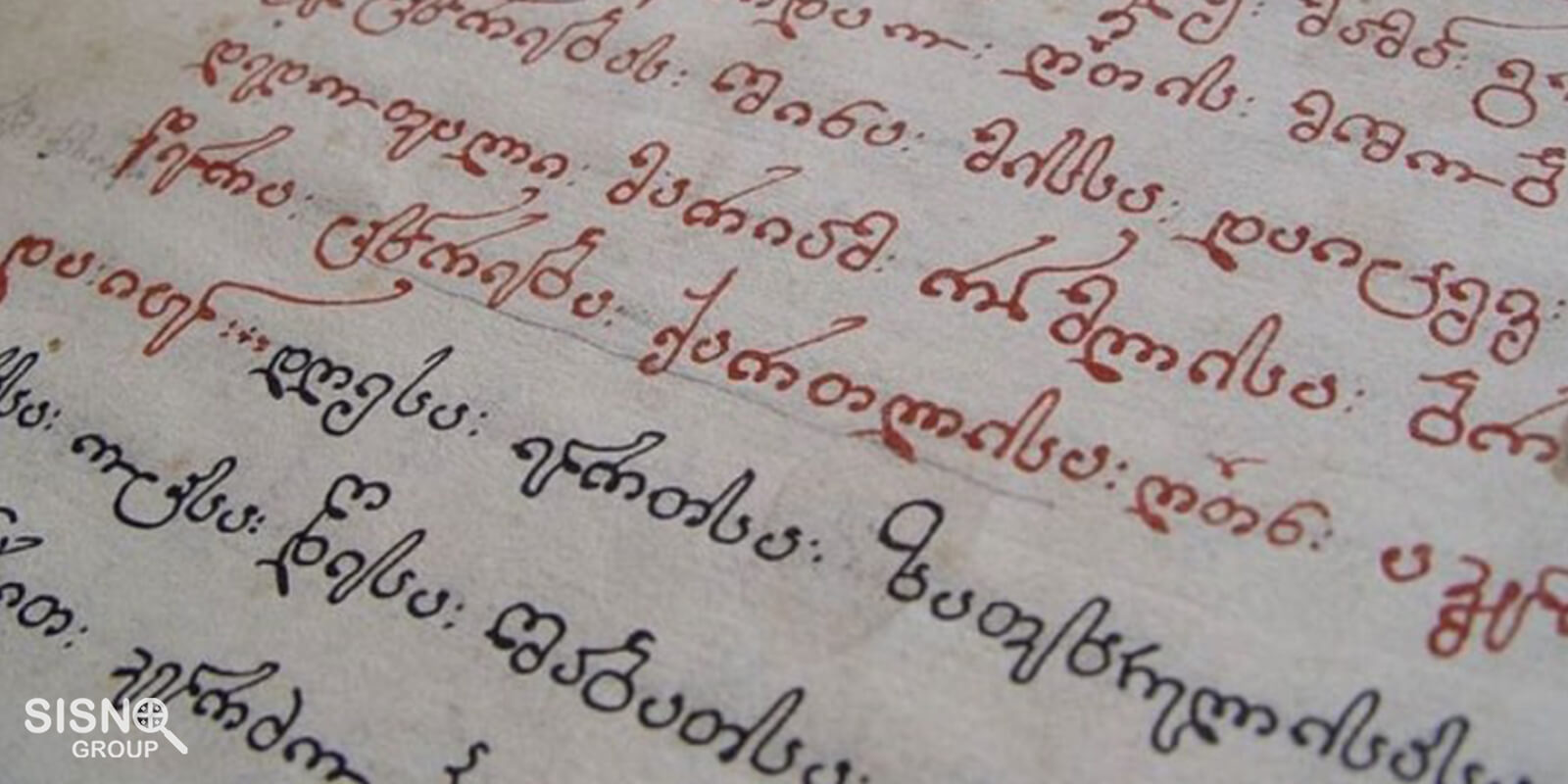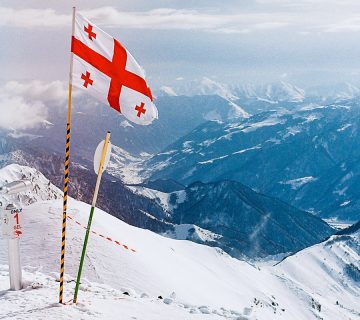Georgian is one of the oldest and most unique languages in the world, with deep roots in the history and rich culture of the Georgian people. This language is recognized as the official language of the country and has a unique alphabet and structure. Although Georgian forms a significant part of internal communication, understanding it can be an exciting opportunity for travelers and immigrants as a means to get more acquainted with this land. So, stay with us as we explore the Georgian language.
What is the Language of Georgia?
In Georgia, the Georgian language, referred to as “Kartuli,” is recognized as the official language, and nearly 95% of the population speaks it. This language is part of the Caucasian language family and belongs to the Kartvelian language group, which includes languages like Svan, Mingrelian, and Laz. Georgian possesses special features and is renowned as one of the rich cultural heritages of the Georgian people. In addition to Georgian, other languages are also spoken in the country, such as Azerbaijani and Russian. According to statistics, about 7% of the population of Georgia can speak Azerbaijani, and around 1.5% can speak Russian.

History of the Georgian Language
The Georgian language has an ancient and rich history, dating back to the 5th century AD. In the South Caucasus region, for 15 centuries, this language was only used for writing, and during this time, it was mainly preserved by members of the Georgian Orthodox Church, who used it as a liturgical language. The evolution of the Georgian language occurred in three significant periods: Ancient Georgia, the Middle Ages, and the Modern Era, starting from the 18th century with the Georgian Renaissance.
In the 1860s, the Georgian language was revived by prominent writers like Ilia Chavchavadze, Akaki Tsereteli, and Vazha Pshavela. It adopted a new form that significantly impacted Georgian literature and culture. This language remains a symbol of the national identity of the Georgian people.
Dialects of the Georgian Language
Georgian dialects are highly diverse, largely due to the mountainous nature of the country. These dialects are divided into two main groups: Western and Eastern.
- The Western dialects are mainly spoken in isolated, mountainous areas and are more conservative linguistically. These dialects preserve older features of the Georgian language that are no longer present in standard Georgian.
- On the other hand, Eastern dialects are spoken in regions like Kartli and Kakheti, where the standard Georgian language is based. The proliferation of these dialects and linguistic differences is due to the geographic isolation and dispersion of various communities.
This linguistic diversity sometimes makes it possible to distinguish some dialects from others, but overall, the people of Georgia are able to understand these dialects mutually.

The Alphabet of the Georgian Language
The Georgian alphabet has an ancient history that began with Georgia’s adoption of Christianity in 337 AD. This alphabet, as a unique writing system, was initially based on the Khutsuri (ecclesiastical) alphabet in the 5th century, and later, in the subsequent centuries, the Mkhedruli alphabet replaced it. The modern Georgian alphabet, which is officially used today, consists of 33 letters with rounded and broken shapes. Georgian has several romanization systems used to represent its alphabet, especially in official documents such as passports and road signs, although in practice, this system can sometimes be ambiguous.
Final Word
The Georgian language is not only recognized as a means of communication in Georgia but also as an integral part of the cultural and national identity of the country. With its long history and unique alphabet, this language still holds a special place in the lives of the Georgian people. For anyone intending to travel or immigrate to Georgia, familiarizing oneself with the Georgian language can lead to a richer experience and much easier communication, as well as a deeper understanding of the culture of this land.





No comment